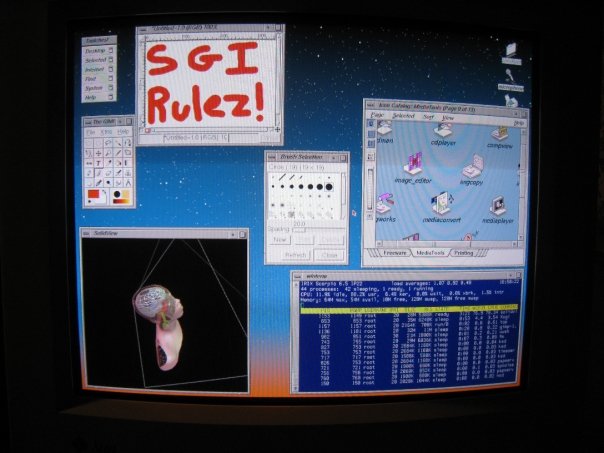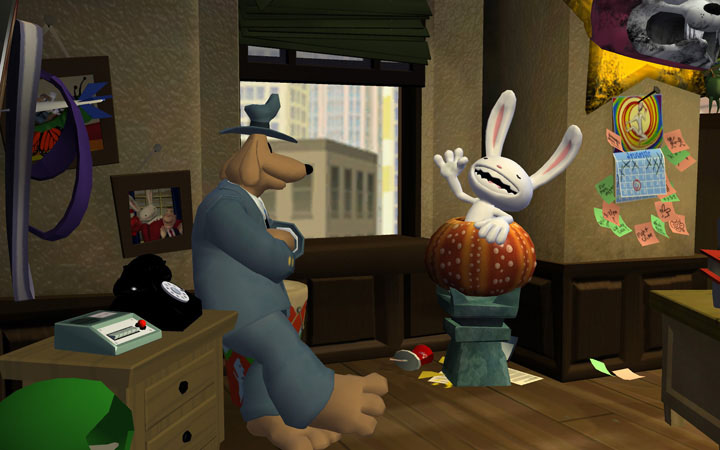One more quick update – I figured that if Zork I worked so well all the way up to the Troll room, that I could try giving another Zmachine a whirl and see how far it got. I added a node for “The Lurking Horror”, one of my favorite Infocom games of all time. There was one opcode that it used to manually call for a refresh of the status line that I needed to add, but after that…..
You’ve waited until the last minute again. This time it’s the end of the term, so all the TechNet terminals in the dorm are occupied. So, off you go to the old Comp Center. Too bad it’s the worst storm of the winter (Murphy’s Law, right?), and you practically froze to death slogging over here from the dorm. Not to mention jumping at every shadow, what with all the recent disappearances. Time to find a free machine, get to work, and write that twenty page paper.
THE LURKING HORROR
An Interactive Horror
Copyright (c) 1987 by Infocom, Inc. All rights reserved.
THE LURKING HORROR is a trademark of Infocom, Inc.
Release 203 / Serial number 870506
Terminal Room
This is a large room crammed with computer terminals, small computers, and printers. An exit leads south. Banners, posters, and signs festoon the walls. Most of the tables are covered with waste paper, old pizza boxes, and empty Coke cans. There are usually a lot of people here, but tonight it’s almost deserted.
A really whiz-bang pc is right inside the door.
Nearby is one of those ugly molded plastic chairs.
Sitting at a terminal is a hacker whom you recognize.
>s
Second Floor
This is the second floor of the Computer Center. An elevator and call buttons are on the south side of the hallway. A large, noisy room is to the north. Stairs also lead up and down, for the energetic. To the west a corridor leads into a smaller room.
>w
Kitchen
This is a filthy kitchen. The exit is to the east. On the wall near a counter are a refrigerator and a microwave.
Sitting on the kitchen counter is a package of Funny Bones.
>open fridge
Opening the refrigerator reveals a two liter bottle of Classic Coke and a cardboard carton.
>take coke
Taken.
Worked great!






